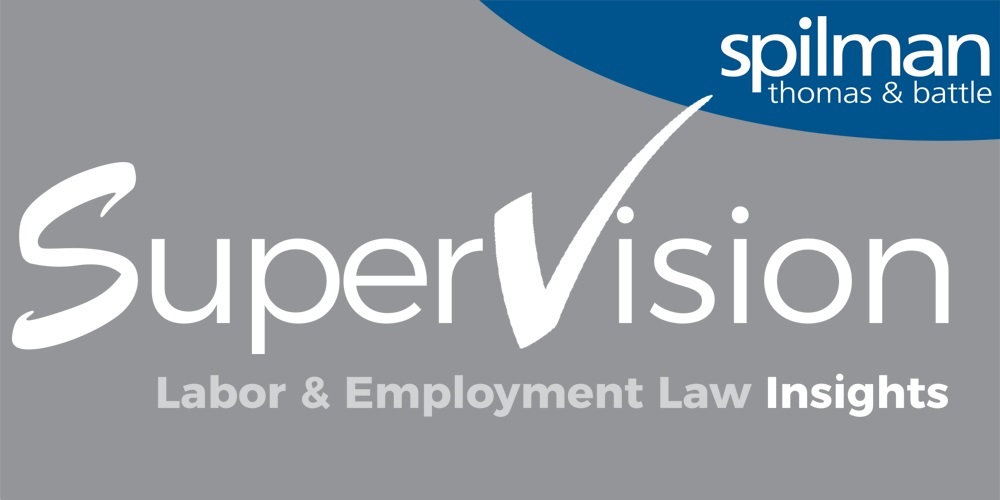Article
Resources
Article
NLRB General Counsel Versus Covenants Not to Compete: What This Latest Fight Means for Your Business

Introduction
In recent years, non-compete agreements have been a subject of scrutiny in the United States, with concerns raised over their potential impact on employee mobility and labor market competitiveness. In 2021, President Joe Biden directed the Federal Trade Commission to ban or limit non-compete agreements. Historically, non-compete agreements have been regulated by the states, not the federal government. Prior to COVID-19, only three states outright banned non-compete agreements. Today, Colorado, Illinois, Maine, Maryland, New Hampshire, Oregon, Rhode Island, Virginia, and Washington have recently added themselves to the growing list of states prohibiting the use of non-competes with limited exceptions. In addressing these concerns, on May 30, 2023, the General Counsel (“GC”) of the National Labor Relations Board (“NLRB”) took key steps toward increasing federal regulation of non-competition agreements. In this article, we will examine the NLRB General Counsel Memorandum on covenants not to compete, exploring its significance, implications, and potential impact on both employers and employees.
Understanding Non-Compete Agreements
A covenant not to compete, also known as a non-compete agreement or restrictive covenant, is a contractual arrangement in which an employee agrees not to enter into or start a similar business or work for a competitor for a specified period of time after leaving their current employment. Proponents hold that non-compete agreements have traditionally been utilized by employers to protect trade secrets, customer relationships, and investments in specialized training. However, opponents, including the NLRB, have raised concerns regarding their potential to limit employees' job opportunities and restrict labor market competition.
Key Points Highlighted in the GC Memo
The memo contends that while non-competes may not necessarily violate Section 7 of the National Labor Relations Act (“NLRA”), its effects may be “chilling”. The memorandum emphasizes that Section 7 of the NLRA grants employees the right to engage in "concerted activities for the purpose of collective bargaining or other mutual aid or protection." It further asserts that non-compete agreements can potentially interfere with these protected rights and, as a result, may be subject to scrutiny under the NLRA.
According to the GC’s memo, non-compete agreements have a chilling effect on the following key rights under Section 7:
- Non-competes prevent employees from threatening to resign to secure or demand better working conditions;
- Non-competes prevent low-paying employees who hold no reasonable proprietary information from seeking or accepting employment with a local competitor to obtain better working conditions;
- Non-compete agreements prevent employees from soliciting their co-workers to work for a local competitor as part of broader course for a protected activity under Section 7 of the NLRA.
Implications for Employers and Employees
As it stands, the GC’s memo is not currently binding law, but it does signal the willingness of the federal government to provide further regulation on non-compete agreements. The NLRB is likely to continue—and increase—scrutiny over non-competition agreements.
It is important to consider the following factors when drafting and reviewing non-compete agreements:
- Balancing of Interests: The memorandum stresses the importance of balancing the interests of employees and employers. It suggests that non-compete agreements should not be overly broad or unduly restrict an employee's ability to find suitable employment after leaving their current job.
- Reasonableness Standard: The memorandum indicates that the NLRB will assess the reasonableness of non-compete agreements based on their duration, geographic scope, and the legitimate business interests they seek to protect. It states that agreements that are deemed unreasonable may be found to violate the NLRA.
- Impact on Unionized and Non-Unionized Employees: The memorandum clarifies that the NLRB's analysis applies to both unionized and non-unionized employees. It reiterates that employees, regardless of union membership, are protected by the NLRA's provisions.
Employers should carefully review their non-compete agreements with their labor lawyers in light of the memorandum's guidance. It is crucial to ensure that these agreements are reasonable in duration, geographic scope, and aligned with legitimate business interests. Employers also should be aware that the NLRB may scrutinize agreements that potentially infringe on employees' Section 7 rights.
If you have any questions about this issue, or any labor and employment issue, please contact Kevin Carr.


